-
 Bitcoin
Bitcoin $116400
-0.36% -
 Ethereum
Ethereum $4033
3.40% -
 XRP
XRP $3.302
-1.26% -
 Tether USDt
Tether USDt $1.000
-0.02% -
 BNB
BNB $796.1
1.67% -
 Solana
Solana $177.8
1.89% -
 USDC
USDC $0.9999
0.00% -
 Dogecoin
Dogecoin $0.2314
4.09% -
 TRON
TRON $0.3381
0.14% -
 Cardano
Cardano $0.7989
1.22% -
 Stellar
Stellar $0.4496
-1.84% -
 Chainlink
Chainlink $20.42
9.42% -
 Hyperliquid
Hyperliquid $41.17
0.88% -
 Sui
Sui $3.914
3.77% -
 Bitcoin Cash
Bitcoin Cash $584.7
1.52% -
 Hedera
Hedera $0.2632
-0.54% -
 Avalanche
Avalanche $24.09
3.40% -
 Ethena USDe
Ethena USDe $1.001
-0.02% -
 Litecoin
Litecoin $123.2
1.33% -
 Toncoin
Toncoin $3.318
-0.04% -
 UNUS SED LEO
UNUS SED LEO $8.984
-0.05% -
 Shiba Inu
Shiba Inu $0.00001323
2.85% -
 Uniswap
Uniswap $10.90
4.41% -
 Polkadot
Polkadot $3.999
3.34% -
 Dai
Dai $1.000
0.01% -
 Cronos
Cronos $0.1630
9.64% -
 Bitget Token
Bitget Token $4.484
0.82% -
 Monero
Monero $272.4
2.44% -
 Pepe
Pepe $0.00001173
6.03% -
 Aave
Aave $290.8
2.88%
What is the total amount of EOS coins issued?
The dynamic supply of EOS tokens, influenced by factors like inflation and staking incentives, affects tokenomics and market dynamics, highlighting the importance of supply metrics in token valuation and market analysis.
Feb 26, 2025 at 06:24 pm
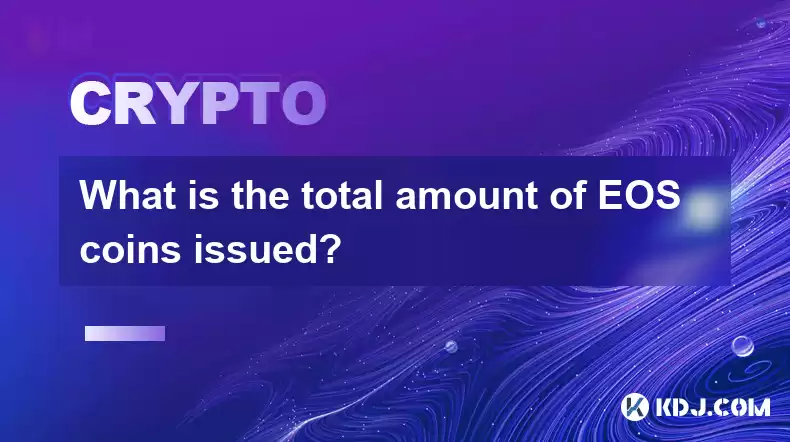
Key Points
- Total Supply: Understand the concept of initial supply and its impact on EOS tokenomics
- Supply Dynamics: Explore the various factors that affect EOS supply, including inflation and staking incentives
- Market Capitalization vs. Circulating Supply: Delve into the nuances between these metrics and their significance in token valuation
- Distribution and Concentration: Analyze the ownership patterns of EOS tokens and the implications for market dynamics
- Issuance Schedule: Examine the pre-defined plan for releasing EOS tokens into the market
- Inflation Rate: Compute the rate at which EOS supply increases over time and its potential implications for token value
Total Supply of EOS Coins
The total supply of EOS coins is a crucial metric that represents the maximum number of EOS tokens that will ever exist. This supply is established at the time of token creation and is immutable, meaning that it cannot be modified or increased.
- Initial Supply: The initial supply of EOS tokens was set at 1 billion during the token launch in 2017. This initial supply was allocated to various stakeholders, including the founding team, investors, and the community through token sales.
- Dynamic Supply: The EOS supply is dynamic, meaning that it can change over time. However, Unlike traditional cryptocurrencies like Bitcoin, which have a fixed supply, EOS supply can increase or decrease subject to certain conditions.
- Inflationary Mechanism: EOS has an inflationary mechanism built into its protocol. New EOS tokens are created regularly through a process called block rewards. These rewards are distributed to EOS token holders who participate in block production and governance activities.
- Staking Incentives: EOS token holders are incentivized to stake their tokens to participate in block production and governance. Staking EOS tokens allows holders to earn block rewards and voting rights, further contributing to the potential increase in supply.
- Circulating Supply: The circulating supply of EOS tokens refers to the number of tokens that are currently available in the market. This metric is often used to calculate the market capitalization and price of EOS.
Market Capitalization vs. Circulating Supply
Market capitalization and circulating supply are two distinct but related metrics that provide valuable insights into the crypto market.
- Market Capitalization: Market capitalization represents the total value of all EOS tokens in the market. It is calculated by multiplying the current price of EOS by the circulating supply.
- Circulating Supply: Circulating supply, as mentioned earlier, refers to the number of EOS tokens that are currently available in the market. It excludes tokens that are locked up or held in reserve.
- Importance for Token Valuation: Market capitalization is a widely used indicator of token value and market sentiment. A higher market capitalization suggests that the token is perceived as valuable by the market.
Distribution and Concentration
The distribution and concentration of EOS tokens provide insights into the ownership patterns and potential impact on market dynamics.
- Token Distribution: The distribution of EOS tokens among different stakeholders has significant implications for market dynamics, It can influence the level of decentralization, liquidity, and price volatility.
- Concentration: Concentration measures the distribution of EOS tokens among different holders, A high concentration indicates that a small number of holders control a large portion of the supply, potentially impacting market stability.
Issuance Schedule
An issuance schedule outlines the planned release or distribution of tokens over time.
- Pre-Defined Plan: The EOS issuance schedule is pre-defined in the protocol's code, It determines the rate at which new EOS tokens are created and distributed to block producers and governance participants.
Inflation Rate
The inflation rate measures the rate at which the EOS supply increases over time. It is calculated as the percentage change in the supply over a specific period.
- Impact of Inflation: Inflation can have a complex impact on token value. The predictable and controlled inflation rate of EOS contributes to the stability of the token price while providing incentives for block production and governance.
FAQs
Q: What is the current EOS supply?
A: The current EOS supply is dynamic and can be found on reputable crypto data platforms such as CoinMarketCap.
Q: How are new EOS tokens distributed?
A: New EOS tokens are distributed as block rewards to block producers and governance participants according to the pre-defined issuance schedule.
Q: Can the EOS supply be reduced?
A: The EOS supply can potentially be reduced through a secondary mechanism known as "RAM buyback," where EOS tokens are bought back to create additional RAM (random-access memory) on the network. This mechanism acts as a form of token burn, reducing the overall supply.
Q: How does the inflation rate of EOS affect token holders?
A: The inflation rate of EOS provides incentives for block producers and governance participants while potentially affecting token holders' returns. A higher inflation rate can lead to dilution of token value over time, while a lower inflation rate aims to maintain value and stability.
Q: How can I ensure the security of my EOS tokens?
A: To ensure the security of EOS tokens, best practices include using a hardware wallet for storage, storing tokens on reputable exchanges, and practicing caution when interacting with third-party applications or dApps.
Disclaimer:info@kdj.com
The information provided is not trading advice. kdj.com does not assume any responsibility for any investments made based on the information provided in this article. Cryptocurrencies are highly volatile and it is highly recommended that you invest with caution after thorough research!
If you believe that the content used on this website infringes your copyright, please contact us immediately (info@kdj.com) and we will delete it promptly.
- Bitcoin Goes to Harvard: Ivy League Embraces Digital Assets
- 2025-08-09 10:50:12
- Arctic Pablo Coin: The Meme Coin Presale Promising High ROI in Q3 2025
- 2025-08-09 10:50:12
- Pepe Price, Millionaire Potential, and Layer Brett: The Next Big Meme Coin?
- 2025-08-09 10:30:12
- Meme Coins: Multiply Your Investment with the Right Hype in 2025
- 2025-08-09 10:30:12
- Crypto, Million, Investment: Turning $1K into $1M in the Wild World of Digital Assets
- 2025-08-09 10:55:12
- Coinbase, UK Ban, and the Shifting Sands of the Financial System: A New Yorker's Take
- 2025-08-09 11:00:12
Related knowledge

Where can I buy UMA (UMA)?
Aug 07,2025 at 06:42pm
Understanding UMA and Its Role in Decentralized FinanceUMA (Universal Market Access) is an Ethereum-based decentralized finance (DeFi) protocol design...

How to buy Storj (STORJ) tokens?
Aug 09,2025 at 07:28am
Understanding Storj (STORJ) and Its Role in Decentralized StorageStorj is a decentralized cloud storage platform that leverages blockchain technology ...
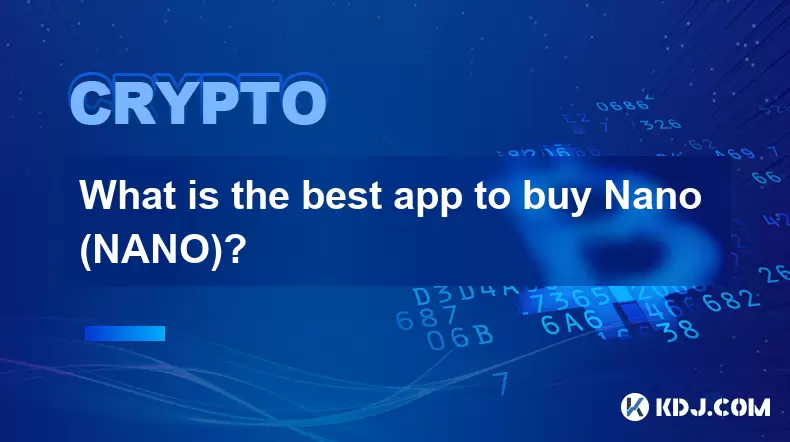
What is the best app to buy Nano (NANO)?
Aug 09,2025 at 03:35am
Understanding Nano (NANO) and Its Unique FeaturesNano is a feeless, instant cryptocurrency designed for fast peer-to-peer transactions. Unlike many ot...
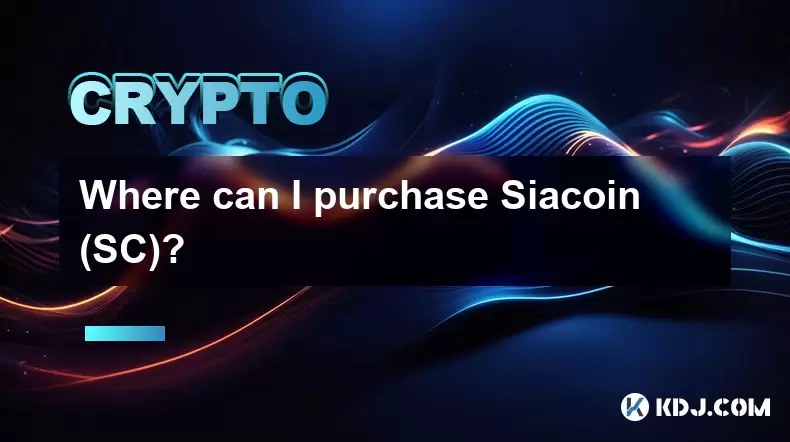
Where can I purchase Siacoin (SC)?
Aug 08,2025 at 11:14am
Understanding Siacoin (SC) and Its Role in the Sia NetworkSiacoin (SC) is the native cryptocurrency of the Sia decentralized cloud storage platform, a...
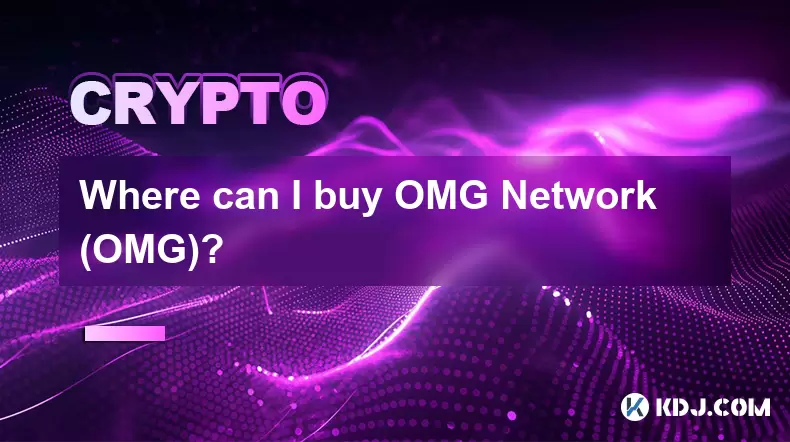
Where can I buy OMG Network (OMG)?
Aug 08,2025 at 12:57pm
Understanding OMG Network (OMG) and Its PurposeThe OMG Network, originally known as OmiseGO, is a layer-2 scaling solution built on the Ethereum block...
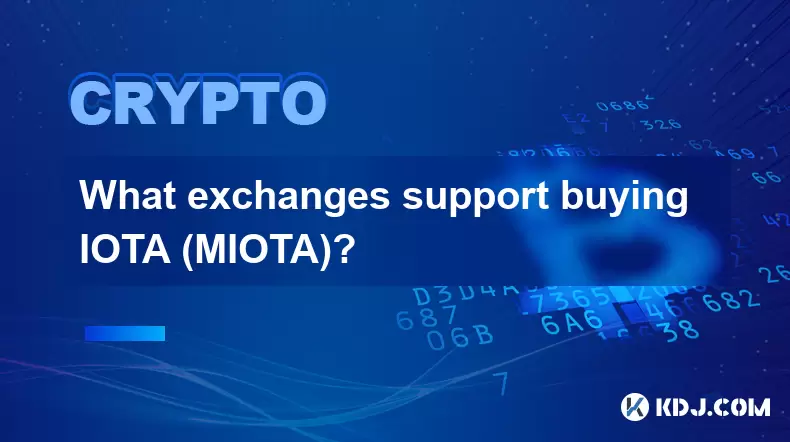
What exchanges support buying IOTA (MIOTA)?
Aug 07,2025 at 09:58pm
Understanding the Role of Private Keys in Cryptocurrency SecurityIn the world of cryptocurrency, private keys are the cornerstone of ownership and con...

Where can I buy UMA (UMA)?
Aug 07,2025 at 06:42pm
Understanding UMA and Its Role in Decentralized FinanceUMA (Universal Market Access) is an Ethereum-based decentralized finance (DeFi) protocol design...

How to buy Storj (STORJ) tokens?
Aug 09,2025 at 07:28am
Understanding Storj (STORJ) and Its Role in Decentralized StorageStorj is a decentralized cloud storage platform that leverages blockchain technology ...

What is the best app to buy Nano (NANO)?
Aug 09,2025 at 03:35am
Understanding Nano (NANO) and Its Unique FeaturesNano is a feeless, instant cryptocurrency designed for fast peer-to-peer transactions. Unlike many ot...

Where can I purchase Siacoin (SC)?
Aug 08,2025 at 11:14am
Understanding Siacoin (SC) and Its Role in the Sia NetworkSiacoin (SC) is the native cryptocurrency of the Sia decentralized cloud storage platform, a...

Where can I buy OMG Network (OMG)?
Aug 08,2025 at 12:57pm
Understanding OMG Network (OMG) and Its PurposeThe OMG Network, originally known as OmiseGO, is a layer-2 scaling solution built on the Ethereum block...

What exchanges support buying IOTA (MIOTA)?
Aug 07,2025 at 09:58pm
Understanding the Role of Private Keys in Cryptocurrency SecurityIn the world of cryptocurrency, private keys are the cornerstone of ownership and con...
See all articles

























































































